Home>Renovation & DIY>Home Renovation Guides>How To Deduct Rental Home Improvements On My Taxes?


Home Renovation Guides
How To Deduct Rental Home Improvements On My Taxes?
Modified: January 4, 2024
Learn how to deduct rental home improvement expenses on your taxes with our comprehensive home renovation guide. Maximize your tax benefits and minimize your expenses today!
(Many of the links in this article redirect to a specific reviewed product. Your purchase of these products through affiliate links helps to generate commission for Storables.com, at no extra cost. Learn more)
**
Introduction
**
Owning a rental property can be a lucrative investment, but it also requires ongoing maintenance and improvements to ensure its value and appeal to tenants. The good news is that many of these home improvements can be tax-deductible, providing a financial incentive for landlords to invest in their rental properties. However, navigating the complex terrain of tax deductions can be daunting, especially when it comes to rental home improvements.
In this comprehensive guide, we will delve into the intricacies of deducting rental home improvements on your taxes. Whether you're a seasoned landlord or a first-time property investor, understanding the tax implications of home improvements is crucial for maximizing your return on investment and minimizing your tax liability.
We will explore the types of rental home improvements that are eligible for tax deductions, the specific criteria that must be met to claim these deductions, and the essential documentation required to support your claims. By the end of this guide, you will have a clear understanding of how to leverage tax deductions to offset the costs of improving your rental property, ultimately optimizing your financial position as a property owner. So, let's embark on this enlightening journey into the realm of rental home improvement tax deductions.
Key Takeaways:
- Tax deductions for rental home improvements can help landlords save money by offsetting the costs of enhancing their properties, ultimately boosting their investment returns.
- Landlords should keep detailed records of improvement expenses and stay informed about tax laws to maximize their deductions and minimize their tax liability.
Understanding Rental Home Improvements
Before delving into the tax implications of rental home improvements, it’s essential to grasp the nature of these enhancements and their significance in the realm of property management. Rental home improvements encompass a broad spectrum of upgrades, renovations, and maintenance activities aimed at enhancing the functionality, aesthetics, and overall value of a rental property. These improvements can range from minor repairs and cosmetic enhancements to major renovations and structural modifications.
From a landlord’s perspective, investing in rental home improvements serves multiple purposes. Firstly, it helps attract and retain tenants by creating a more appealing and comfortable living environment. Upgrades such as modernizing the kitchen, upgrading the bathroom, installing energy-efficient appliances, or enhancing the landscaping can significantly elevate the desirability of a rental property. Moreover, well-maintained and aesthetically pleasing properties are more likely to command higher rental rates and attract quality tenants, thereby bolstering the landlord’s rental income.
Furthermore, rental home improvements are instrumental in preserving the long-term value of the property. Proactive maintenance, timely repairs, and strategic upgrades can mitigate the risk of depreciation and ensure that the property remains competitive in the real estate market. By keeping the property in optimal condition, landlords can safeguard their investment and potentially capitalize on appreciation when the property is eventually sold.
Understanding the diverse categories of rental home improvements is crucial for discerning their tax implications. The Internal Revenue Service (IRS) distinguishes between repairs, which are aimed at maintaining the property in its existing condition, and improvements, which enhance the property’s value or prolong its useful life. While repairs are generally deductible in the year they are incurred, improvements are capitalized and depreciated over time, offering tax benefits in the form of depreciation deductions.
By comprehending the pivotal role of rental home improvements in property management and their classification by the IRS, landlords can strategically plan and execute improvement projects to maximize their tax advantages while optimizing the appeal and profitability of their rental properties.
Deducting Rental Home Improvements on Your Taxes
When it comes to deducting rental home improvements on your taxes, it’s essential to discern the specific criteria that determine the tax treatment of these expenses. As mentioned earlier, the IRS distinguishes between repairs and improvements, and this differentiation is pivotal in determining the deductibility and depreciation of home improvement costs.
Repairs, which are aimed at maintaining the property in its existing condition, are generally deductible in the year they are incurred as ordinary and necessary business expenses. These may include fixing a leaky roof, repairing a broken window, or patching up a damaged fence. On the other hand, improvements, which enhance the property’s value, extend its useful life, or adapt it to new uses, are capitalized and depreciated over time.
For rental properties, improvements such as a room addition, a kitchen remodel, the installation of a new HVAC system, or the addition of a deck are typically considered capital expenditures. As such, landlords can benefit from depreciation deductions, which allow them to recover the cost of the improvements over the property’s useful life. This depreciation expense can be deducted annually, providing a valuable tax advantage that offsets the initial investment in the home improvements.
It’s important to note that the depreciation of rental home improvements is subject to specific rules and limitations outlined by the IRS. The Modified Accelerated Cost Recovery System (MACRS) is commonly used to depreciate rental property improvements over either 27.5 years for residential rental properties or 39 years for nonresidential properties. Landlords can utilize Form 4562, Depreciation and Amortization, to claim depreciation deductions for rental property improvements on their tax returns.
Furthermore, the Tax Cuts and Jobs Act (TCJA) introduced favorable provisions for landlords by allowing for 100% bonus depreciation on qualified improvement property (QIP) placed in service after December 31, 2017. This provision enables landlords to deduct the full cost of eligible improvements in the year they are placed in service, providing immediate tax savings and enhancing the attractiveness of investing in rental property improvements.
By understanding the tax treatment of rental home improvements and leveraging depreciation deductions and bonus depreciation provisions, landlords can significantly reduce their tax liability while reaping the rewards of enhancing their rental properties.
Keep detailed records of all home improvements made to your rental property, including receipts and invoices. You can deduct these costs as a business expense on your taxes, which can help lower your taxable income.
Documenting and Claiming Rental Home Improvements
Effectively documenting and claiming rental home improvements is paramount to substantiating these expenses and maximizing their tax benefits. Landlords must maintain meticulous records and adhere to specific guidelines to ensure the legitimacy and deductibility of their improvement-related expenditures.
First and foremost, comprehensive documentation is essential to validate the costs incurred for rental home improvements. This includes retaining invoices, receipts, and contracts from contractors or suppliers involved in the improvement projects. These documents should outline the nature of the improvements, the associated expenses, and the dates of the transactions. By maintaining organized records, landlords can substantiate the legitimacy of their improvement costs in the event of an IRS audit and demonstrate compliance with tax regulations.
Furthermore, landlords should accurately distinguish between repairs and improvements in their documentation, as the tax treatment differs for each category. Clear and detailed records can help substantiate the classification of expenses and support the depreciation of capital improvements over time. Additionally, landlords should keep thorough records of any financing arrangements or loans used to fund the improvement projects, as the interest on these loans may also be tax-deductible.
When claiming rental home improvements on their taxes, landlords should accurately report these expenses on their tax returns. This typically involves utilizing Form 1040, Schedule E (Supplemental Income and Loss), to report rental real estate income and expenses, including depreciation deductions for improvements. Landlords can also use Form 4562 to claim depreciation and amortization deductions for rental property improvements, ensuring that they adhere to the IRS’s guidelines for depreciating assets over their respective recovery periods.
Moreover, landlords should stay informed about any changes in tax laws and regulations that may impact the deductibility of rental home improvements. The Tax Cuts and Jobs Act and subsequent legislative developments have introduced significant changes to depreciation rules, bonus depreciation provisions, and qualified improvement property, necessitating landlords to stay abreast of these updates to optimize their tax planning strategies.
By diligently documenting rental home improvements and adhering to the IRS’s guidelines for claiming these expenses, landlords can maximize their tax deductions, minimize their tax liability, and ensure compliance with tax regulations, ultimately enhancing the financial viability of their rental property investments.
Conclusion
Navigating the realm of rental home improvements and their tax implications can be a complex yet rewarding endeavor for landlords and property investors. By understanding the distinction between repairs and improvements, leveraging depreciation deductions, and diligently documenting improvement-related expenses, landlords can harness the tax benefits of enhancing their rental properties while optimizing their financial position.
Rental home improvements not only enhance the appeal and value of rental properties but also offer valuable tax advantages that can offset the costs of these enhancements. From kitchen remodels and HVAC upgrades to landscaping improvements and structural renovations, the spectrum of eligible rental home improvements is diverse, providing landlords with ample opportunities to capitalize on tax deductions and depreciation benefits.
It’s imperative for landlords to stay informed about the evolving landscape of tax laws and regulations, particularly in relation to depreciation rules, bonus depreciation provisions, and qualified improvement property. By remaining attuned to these developments, landlords can fine-tune their tax planning strategies and capitalize on favorable provisions to maximize their tax savings.
Ultimately, the synergy between rental home improvements and tax deductions underscores the symbiotic relationship between property enhancement and financial optimization. By strategically investing in rental home improvements and leveraging their tax benefits, landlords can fortify the appeal and profitability of their rental properties while minimizing their tax liability, thereby bolstering their overall investment returns.
In conclusion, the prudent utilization of tax deductions for rental home improvements empowers landlords to cultivate thriving rental properties, attract quality tenants, and fortify their financial well-being. With a nuanced understanding of the tax implications of rental home improvements and a proactive approach to documentation and compliance, landlords can embark on a journey of financial optimization and sustainable property management, reaping the rewards of their investment in the dynamic real estate landscape.
Frequently Asked Questions about How To Deduct Rental Home Improvements On My Taxes?
Was this page helpful?
At Storables.com, we guarantee accurate and reliable information. Our content, validated by Expert Board Contributors, is crafted following stringent Editorial Policies. We're committed to providing you with well-researched, expert-backed insights for all your informational needs.
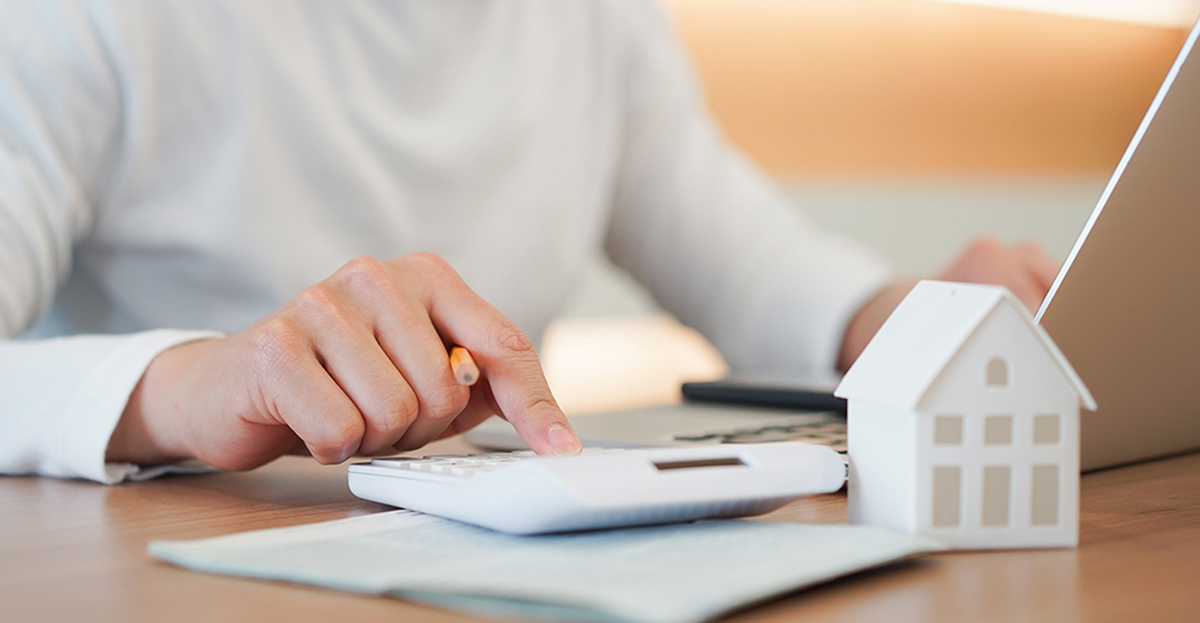


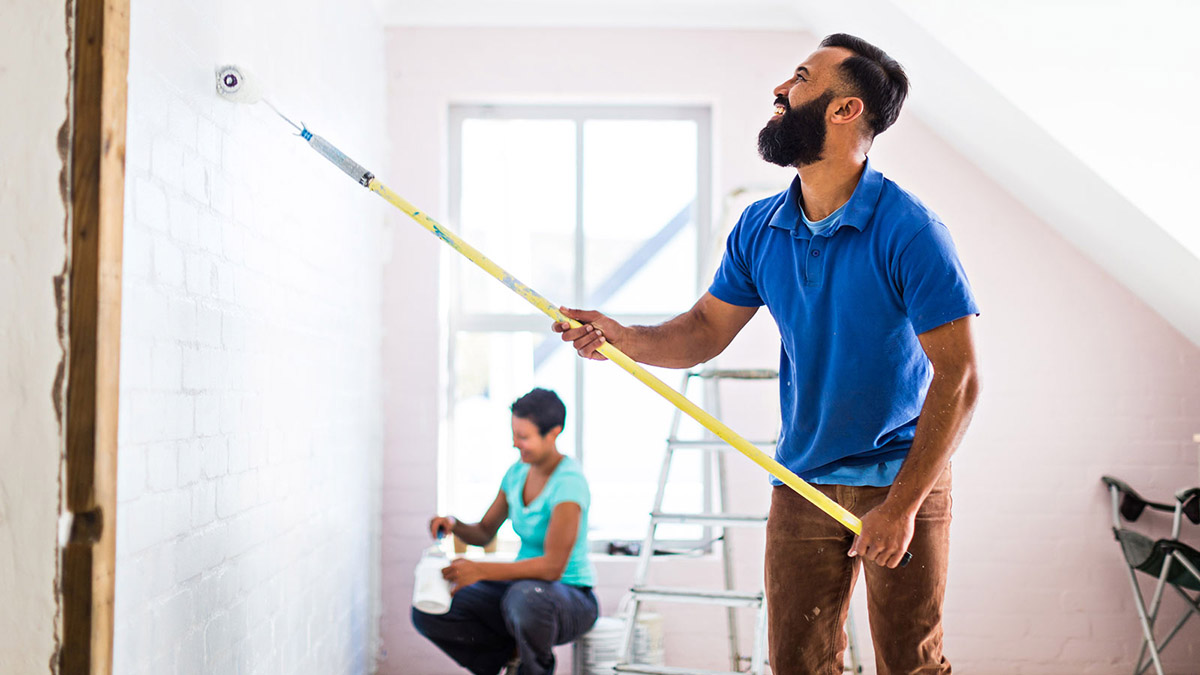


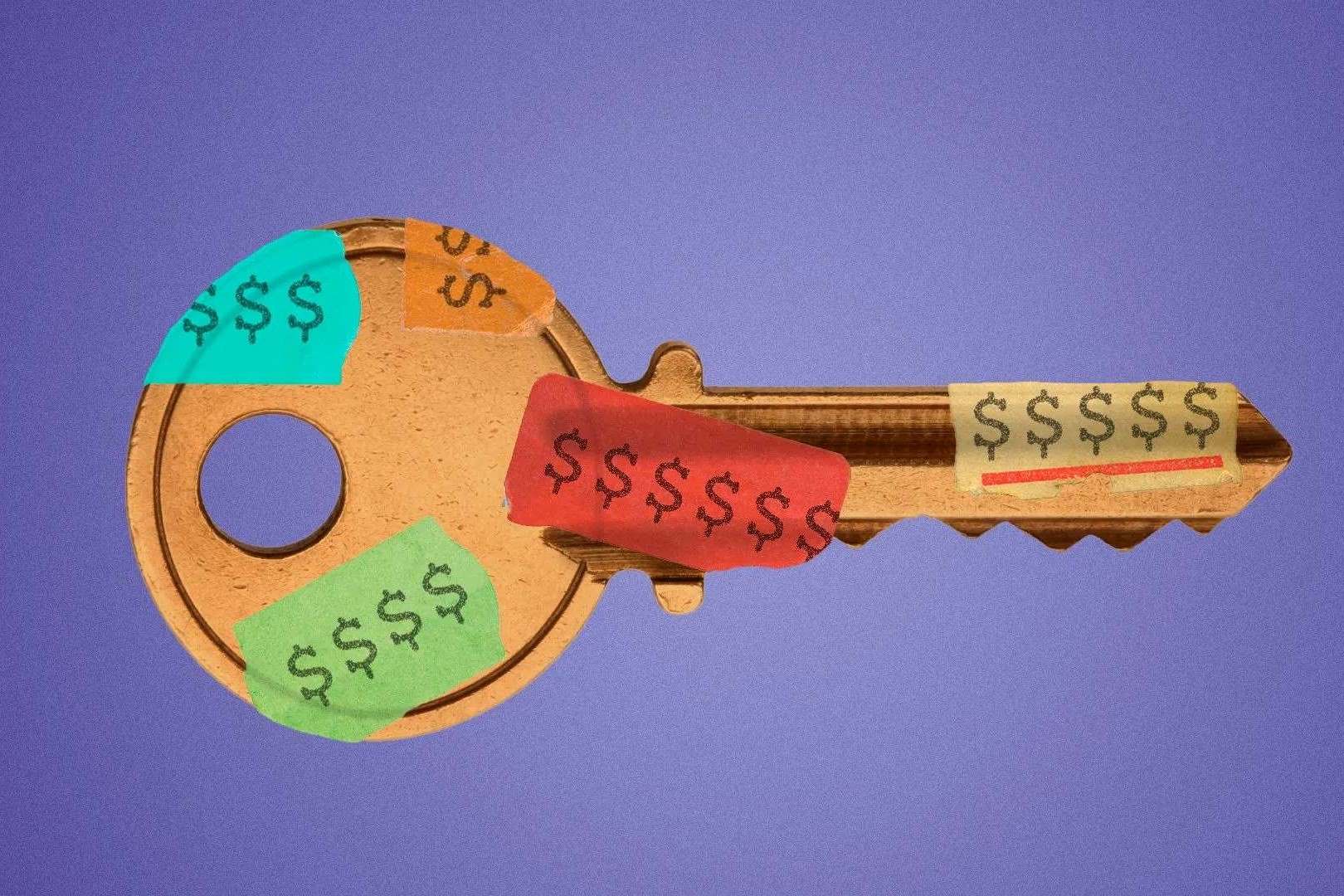
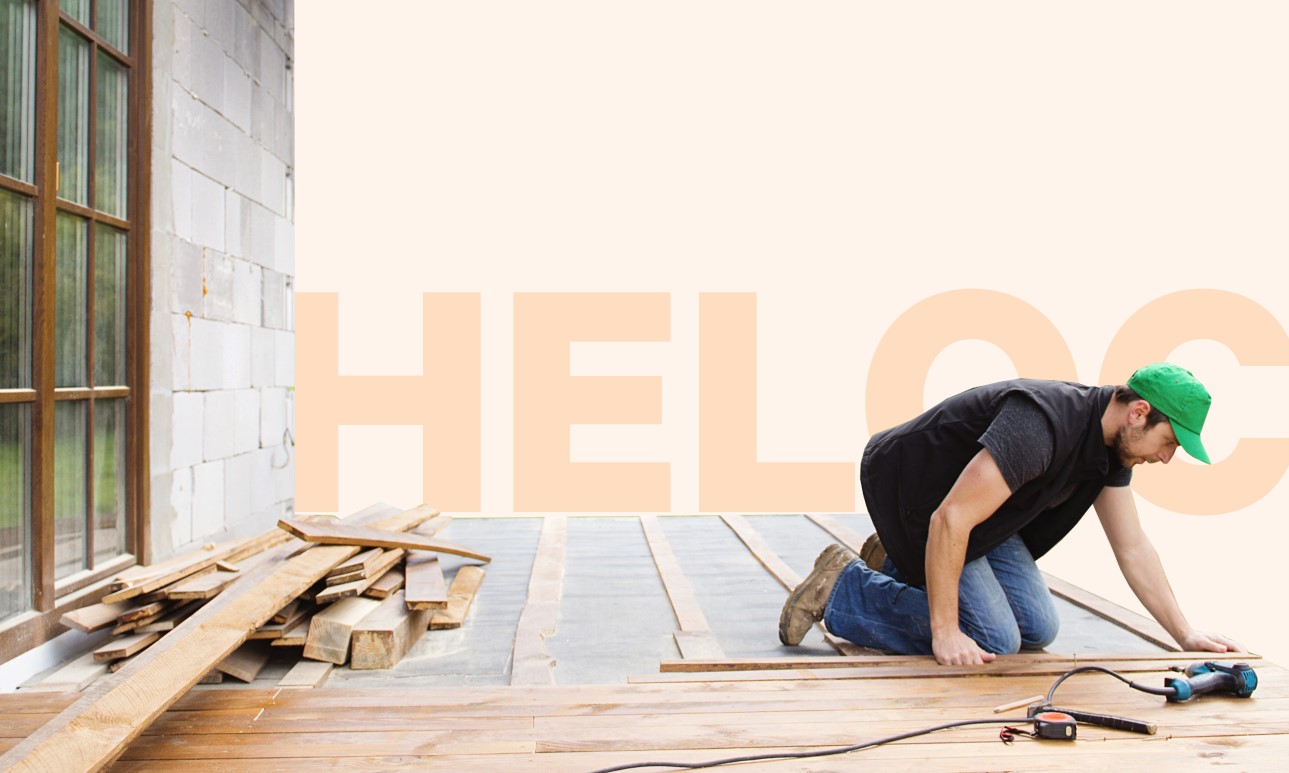






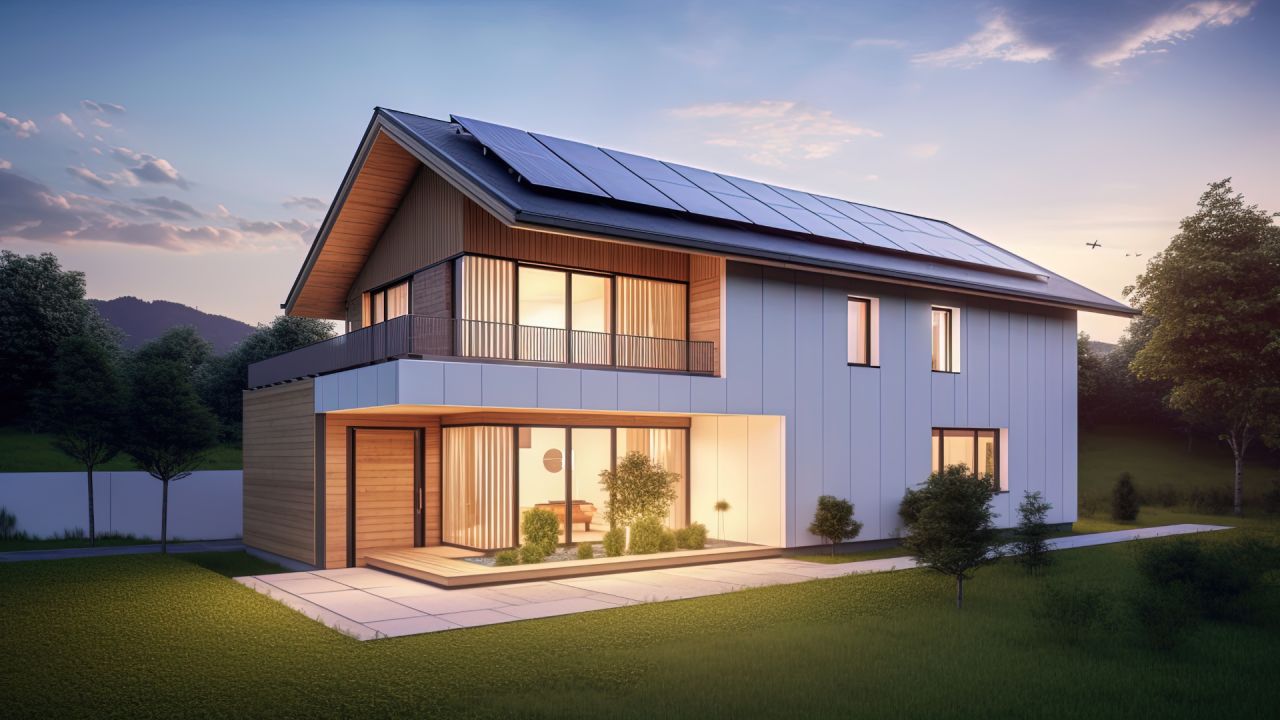

0 thoughts on “How To Deduct Rental Home Improvements On My Taxes?”